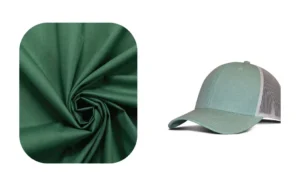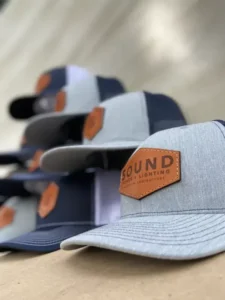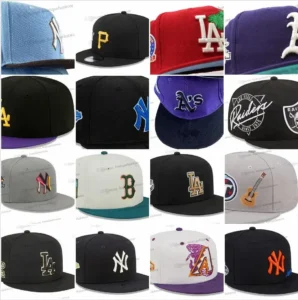Hats are more than just fashion accessories—they’re a statement, a fit solution, and sometimes a lifesaver in outdoor activities. Among the many ways hats adjust to your head, the hook and loop closure stands out for its simplicity, durability, and ease of use. But what exactly is a hook and loop hat closure?
In short, a hook and loop closure is a fastening system made of two fabric strips—one with tiny hooks and the other with soft loops—that stick together when pressed, allowing quick and adjustable fitting for hats. This closure type is popular for its versatility and user-friendly design. Imagine grabbing a hat and adjusting it instantly, no hassle, just a perfect fit every time. Curious about how it works, what materials it uses, and whether it’s the best option for your hat? Let’s dive into the world of hook and loop closures and discover what makes them tick.
1.What is a hook and loop hat closure?

A hook and loop hat closure is a fastening system made of two fabric strips that attach when pressed together, providing adjustable sizing and secure fit for hats.
- The Origin of Hook and Loop: Invented in the 1940s by George de Mestral, this system mimics burrs sticking to fabric, revolutionizing adjustable fasteners.
- How it Works: The hooks catch onto the loops, creating friction and holding the closure firmly until pulled apart.
- Common Applications Beyond Hats: From shoes to medical gear, hook and loop fasteners offer versatility in many industries.
- Hat-Specific Adaptations: Hook and loop closures for hats are designed with soft backing to avoid scalp irritation and ensure comfort.
- Environmental Impact: Advances in sustainable hook and loop materials are helping reduce plastic waste in closures.
| Topic | Details |
|---|---|
| Origin | Invented in the 1940s by George de Mestral, inspired by burrs sticking to fabric |
| How it Works | Hooks catch onto loops, creating friction that holds closure firmly until pulled apart |
| Common Applications | Used in shoes, medical gear, and various industries beyond hats |
| Hat-Specific Adaptations | Designed with soft backing to prevent scalp irritation and ensure wearer comfort |
| Environmental Impact | Sustainable materials development helps reduce plastic waste in closures |
2.How does a hook and loop closure work on hats?
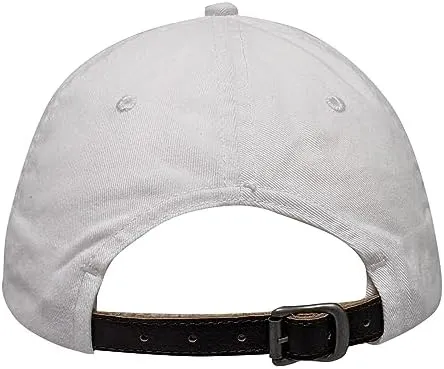
The closure works by pressing the hook strip against the loop strip, where tiny hooks latch onto loops, creating a strong but adjustable fastening.
- Adjustability: Users can customize tightness in seconds, accommodating different head sizes and hairstyles.
- Durability: High-quality hook and loop materials maintain grip strength after thousands of uses.
- Ease of Use: Unlike buckles or snaps, hook and loop fasteners require no fine motor skills—great for kids and seniors.
- Noise Factor: The ripping sound when adjusting can be loud, which can be a consideration in quiet environments.
- Wear and Tear: Over time, hooks can deform, and loops can flatten, reducing closure effectiveness; maintenance tips can prolong lifespan.
| Feature | Description |
|---|---|
| Adjustability | Allows quick customization of tightness to fit various head sizes and hairstyles |
| Durability | Maintains strong grip even after thousands of uses |
| Ease of Use | Simple to operate without fine motor skills, suitable for kids and seniors |
| Noise Factor | Produces a ripping sound when adjusted, which may be disruptive in quiet settings |
| Wear and Tear | Hooks may deform and loops flatten over time; regular maintenance can extend lifespan |
3.Which materials are commonly used in hook and loop hat closures?
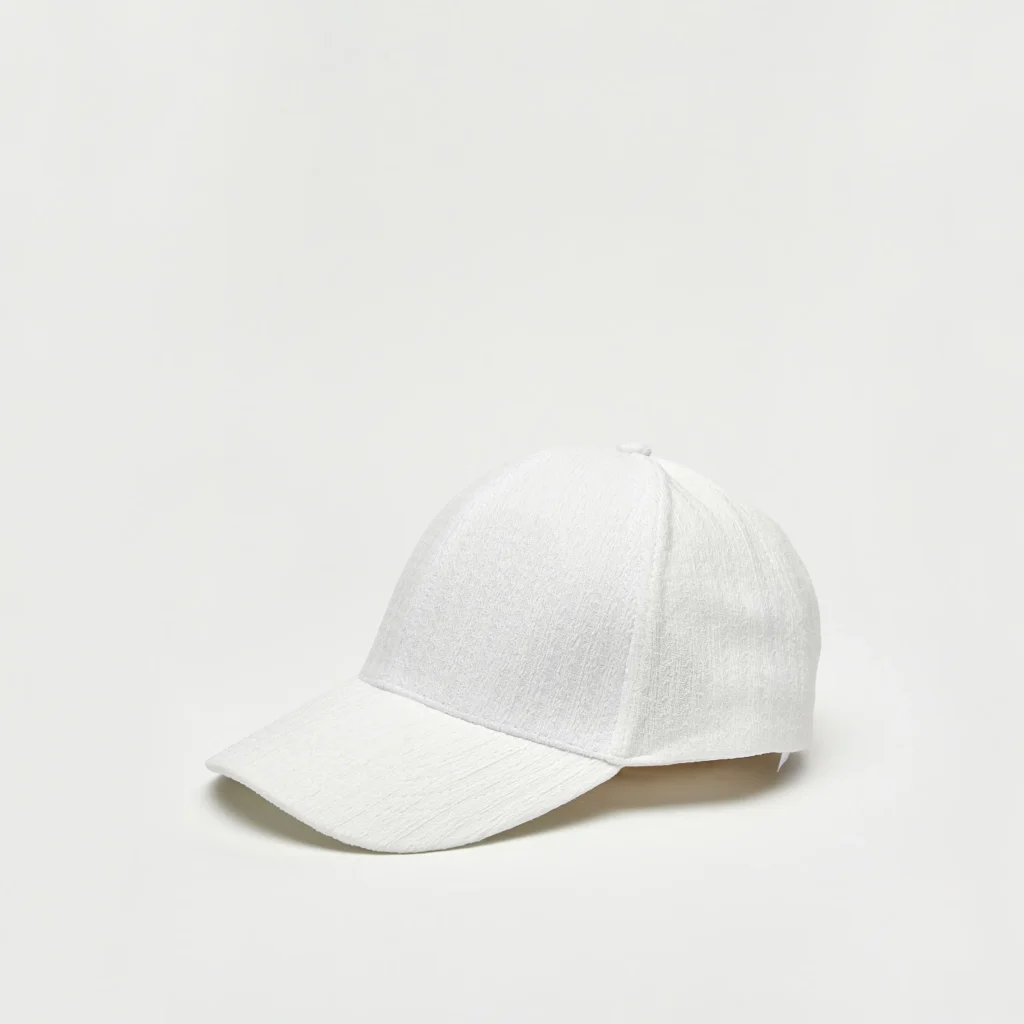
Most closures use nylon or polyester hooks and loops, balancing durability, flexibility, and cost for hat applications.
- Nylon vs. Polyester: Nylon offers stronger grip but can degrade under UV light; polyester resists weather better but may be less strong.
- Backing Materials: Soft fabrics like cotton or felt are often attached behind closures to improve comfort.
- Eco-Friendly Alternatives: Biodegradable and recycled hook and loop materials are emerging as sustainable options.
- Customization: Color matching and branding can be applied to the hook and loop strips for aesthetic and marketing purposes.
- Impact on Production Costs: Material choice affects the overall cost and pricing strategy of hats in mass production.
| Material Aspect | Details |
|---|---|
| Nylon vs. Polyester | Nylon offers stronger grip but degrades under UV light; polyester resists weather but is less strong |
| Backing Materials | Soft fabrics like cotton or felt improve wearer comfort behind the closure |
| Eco-Friendly Options | Biodegradable and recycled hook and loop materials are emerging for sustainability |
| Customization | Color matching and branding can be added to closures for design and marketing |
| Production Cost Impact | Material choice influences overall cost and pricing strategies in mass hat production |
4.Are hook and loop closures better than other hat closure types?

Hook and loop closures offer superior ease and adjustability but may not match the aesthetic or durability of some alternatives like metal buckles or snapbacks.
- Snapbacks: Plastic snaps offer a classic look and firm grip but less fine adjustment.
- Strapbacks: Leather or fabric straps with buckles are stylish but require more effort to adjust.
- Fitted Hats: No adjustable closure, relying on exact sizing for fit.
- Velcro vs. Buckle: Velcro wins for quick adjustments; buckles often win on style and longevity.
- User Preference & Use Case: Athletes may prefer hook and loop for quick adjustments; fashion enthusiasts may prioritize closure style.
| Closure Type | Advantages | Disadvantages | Best For |
|---|---|---|---|
| Hook and Loop | Easy, quick adjustability | May lack aesthetic appeal and durability | Athletes, casual wear |
| Snapbacks | Classic look, firm grip | Limited fine adjustment | Streetwear, casual styles |
| Strapbacks | Stylish with leather/fabric buckles | Requires more effort to adjust | Fashion-conscious buyers |
| Fitted Hats | Precise fit without adjustment | No adjustability | Those preferring exact sizing |
| Velcro vs. Buckle | Velcro offers quick adjustments; buckles offer style and longevity | Velcro less stylish; buckles less quick to adjust | Velcro for function; buckles for fashion |
5.What are the advantages and disadvantages of hook and loop closures?
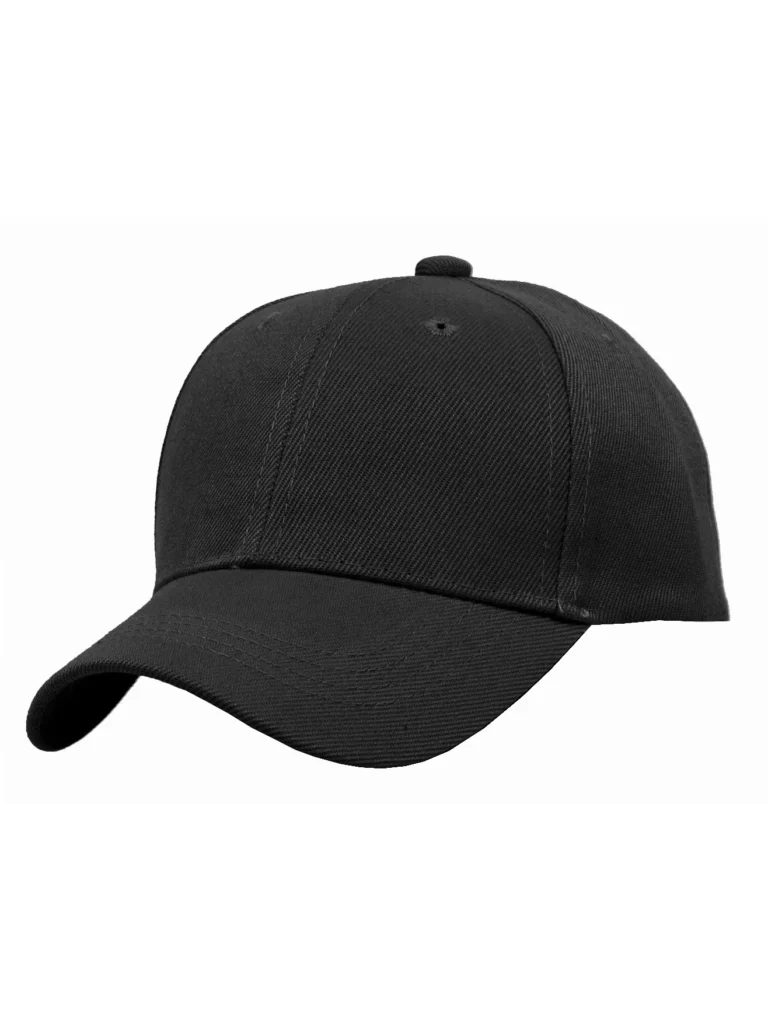
Advantages include quick adjustability, affordability, and ease of use; disadvantages cover durability concerns, noise, and sometimes aesthetic limitations.
- Advantages:
- Quick, tool-free adjustment
- Comfortable and lightweight
- Cost-effective manufacturing
- Suitable for wide size ranges
- Disadvantages:
- Can wear out faster than metal closures
- Ripping noise can be disruptive
- May collect lint or dirt reducing effectiveness
- Less premium look compared to leather or metal
- Maintenance Tips: Keeping closures clean extends lifespan; replacing worn strips maintains fit quality.
- Market Trends: Increasing use in eco-friendly hats, children’s wear, and sports caps.
| Advantages | Disadvantages | Additional Notes |
|---|---|---|
| Quick, tool-free adjustment | Can wear out faster than metal | Clean regularly to extend lifespan |
| Comfortable and lightweight | Ripping noise may be disruptive | Replace worn strips to maintain fit quality |
| Cost-effective manufacturing | Can collect lint/dirt reducing grip | Growing use in eco-friendly, children’s, and sports hats |
| Suitable for wide size ranges | Less premium appearance |
6.How to choose the right hook and loop hat closure for your style and needs?
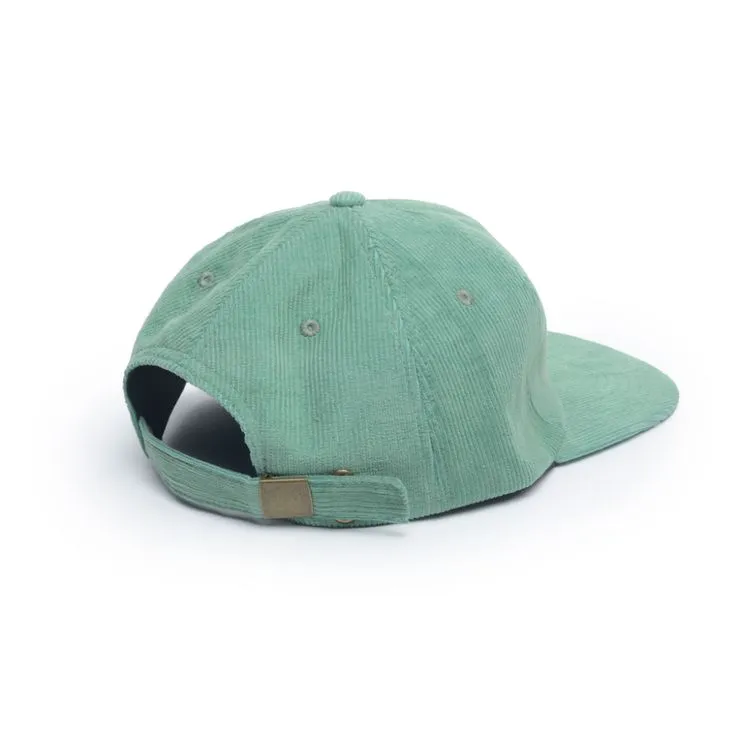
Consider comfort, durability, ease of use, aesthetic preferences, and your target customer when selecting hook and loop closures for hats.
- Target Audience: Children, seniors, athletes, or fashion-conscious buyers have different needs.
- Material Quality: Investing in high-grade nylon or polyester can enhance product life and customer satisfaction.
- Closure Width and Length: Wider closures offer better grip; length affects adjustability range.
- Color and Branding Options: Matching closures to hat color or adding logos can elevate design.
- Sustainability: Choosing recycled or biodegradable materials supports eco-friendly branding.
| Factor | Considerations |
|---|---|
| Target Audience | Different needs for children, seniors, athletes, and fashion-conscious buyers |
| Material Quality | High-grade nylon or polyester improves durability and customer satisfaction |
| Closure Size | Wider closures provide stronger grip; length influences adjustability range |
| Color & Branding | Matching closure colors and adding logos can enhance aesthetic appeal and brand recognition |
| Sustainability | Using recycled or biodegradable materials supports eco-friendly and sustainable branding efforts |
Ready to customize your hook and loop hat closures?
At Kinwin, we combine innovative design with advanced production techniques to craft hook and loop closures that deliver comfort, durability, and style. Whether you’re developing sporty caps, trendy streetwear, or eco-conscious collections, our expert team is ready to help you create custom hats that fit perfectly and stand out. Contact us today to discuss your requirements and start your personalized hat project!
Hook and Loop Closure Comparison
| Feature | Hook and Loop | Snapback | Strapback | Fitted Hat |
|---|---|---|---|---|
| Adjustability | High (continuous) | Medium (fixed steps) | Medium (buckle-based) | None |
| Ease of Use | Very easy | Easy | Moderate | N/A |
| Durability | Moderate | High | High | High |
| Noise on Adjustment | Loud | Quiet | Quiet | N/A |
| Cost | Low | Low-Medium | Medium-High | High |
| Aesthetic Flexibility | Moderate | High | High | High |
| Environmental Options | Emerging eco-materials | Limited | Limited | N/A |



